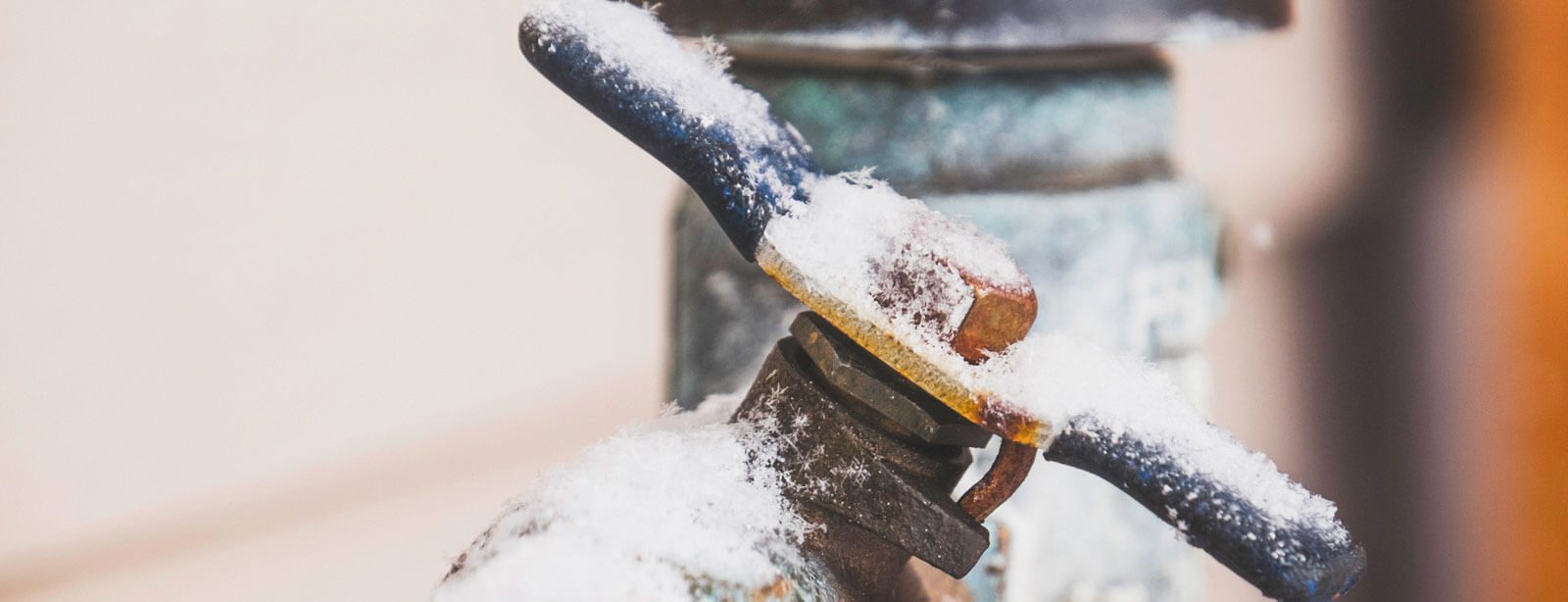Crucial Tips for Avoiding Frozen Pipes in Winter Seasons
BookingPresented here further down you will find lots of worthwhile points about How To Avoid Freezing Pipes.

Cold weather can wreak havoc on your plumbing, especially by freezing pipes. Below's just how to avoid it from occurring and what to do if it does.
Intro
As temperature levels decrease, the threat of frozen pipelines rises, potentially resulting in costly repair services and water damages. Recognizing exactly how to prevent icy pipes is important for house owners in cool environments.
Comprehending Frozen Pipes
What creates pipes to freeze?
Pipelines freeze when exposed to temperatures listed below 32 ° F (0 ° C) for prolonged durations. As water inside the pipes ices up, it broadens, taxing the pipe wall surfaces and potentially creating them to rupture.
Threats and problems
Icy pipes can result in water disturbances, residential or commercial property damage, and expensive repair work. Burst pipes can flooding homes and create considerable structural damages.
Indications of Frozen Pipes
Recognizing icy pipelines early can stop them from rupturing.
Exactly how to identify icy pipes
Search for decreased water circulation from faucets, unusual smells or noises from pipes, and visible frost on revealed pipes.
Avoidance Tips
Insulating vulnerable pipes
Wrap pipes in insulation sleeves or use warmth tape to protect them from freezing temperatures. Focus on pipes in unheated or external areas of the home.
Home heating techniques
Keep interior areas effectively heated, especially locations with plumbing. Open up cupboard doors to enable warm air to flow around pipes under sinks.
Protecting Outdoor Plumbing
Garden hoses and outside taps
Disconnect and drain garden pipes prior to wintertime. Mount frost-proof faucets or cover outdoor faucets with protected caps.
What to Do If Your Pipes Freeze
Immediate actions to take
If you believe frozen pipelines, maintain faucets open to alleviate pressure as the ice melts. Use a hairdryer or towels taken in warm water to thaw pipelines gradually.
Long-Term Solutions
Structural changes
Consider rerouting pipelines away from outside walls or unheated areas. Add added insulation to attic rooms, cellars, and crawl spaces.
Updating insulation
Buy high-quality insulation for pipes, attics, and walls. Proper insulation aids keep constant temperature levels and reduces the risk of icy pipelines.
Conclusion
Preventing frozen pipelines needs positive measures and fast feedbacks. By understanding the reasons, indications, and preventive measures, house owners can shield their pipes throughout winter.
5 Ways to Prevent Frozen Pipes
Drain Outdoor Faucets and Disconnect Hoses
First, close the shut-off valve that controls the flow of water in the pipe to your outdoor faucet. Then, head outside to disconnect and drain your hose and open the outdoor faucet to allow the water to completely drain out of the line. Turn off the faucet when done. Finally, head back to the shut-off valve and drain the remaining water inside the pipe into a bucket or container. Additionally, if you have a home irrigation system, you should consider hiring an expert to clear the system of water each year.
Insulate Pipes
One of the best and most cost-effective methods for preventing frozen water pipes is to wrap your pipes with insulation. This is especially important for areas in your home that aren’t exposed to heat, such as an attic. We suggest using foam sleeves, which can typically be found at your local hardware store.
Keep Heat Running at 65
Your pipes are located inside your walls, and the temperature there is much colder than the rest of the house. To prevent your pipes from freezing, The Insurance Information Institute suggests that you keep your home heated to at least 65 degrees, even when traveling. You may want to invest in smart devices that can keep an eye on the temperature in your home while you’re away.
Leave Water Dripping
Moving water — even a small trickle — can prevent ice from forming inside your pipes. When freezing temps are imminent, start a drip of water from all faucets that serve exposed pipes. Leaving a few faucets running will also help relieve pressure inside the pipes and help prevent a rupture if the water inside freezes.
Open Cupboard Doors
Warm your kitchen and bathroom pipes by opening cupboards and vanities. You should also leave your interior doors ajar to help warm air circulate evenly throughout your home.

I came across that write up on How to Prevent Your Pipes From Freezing when doing a search on the search engines. In case you enjoyed our article kindly remember to pass it around. Thank you so much for going through it.
Estimate